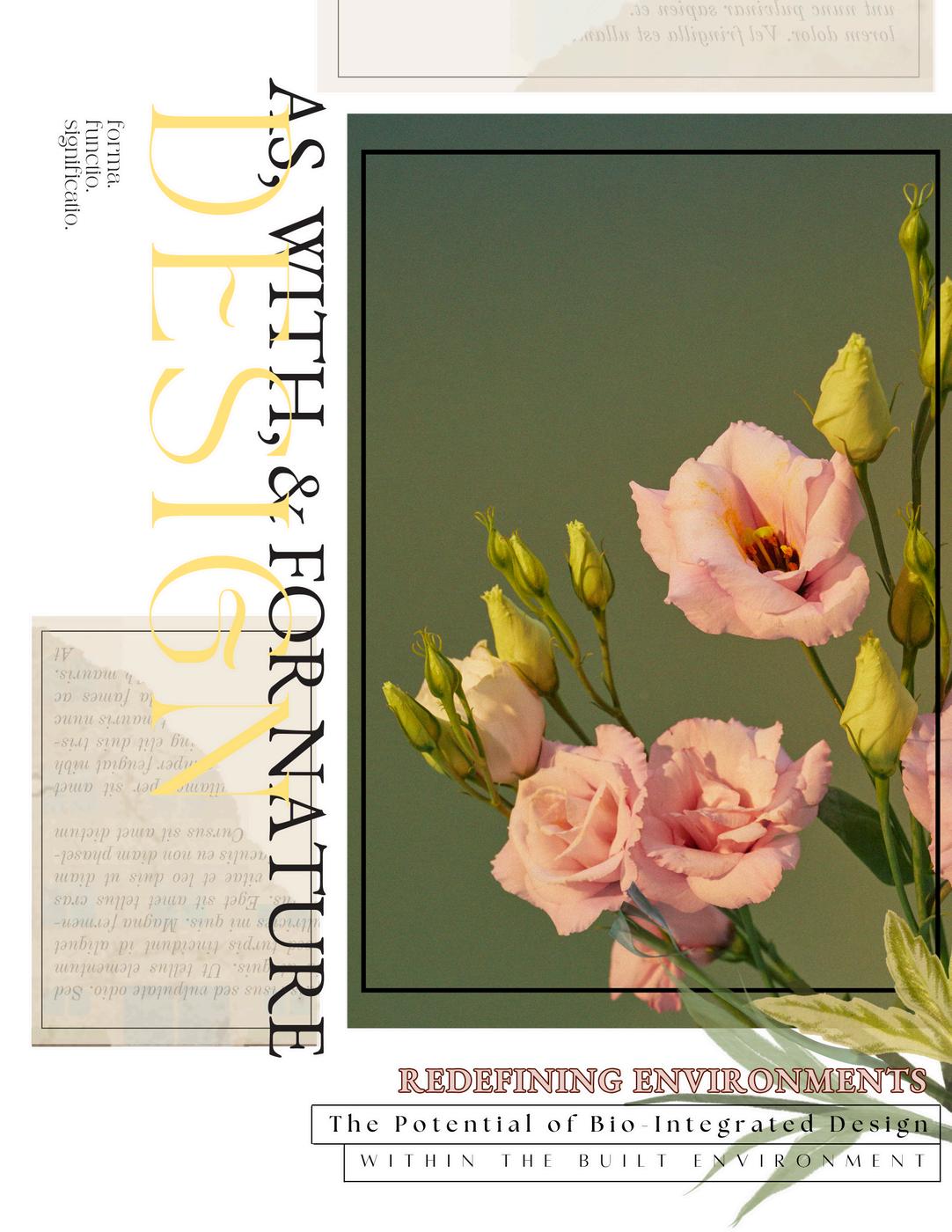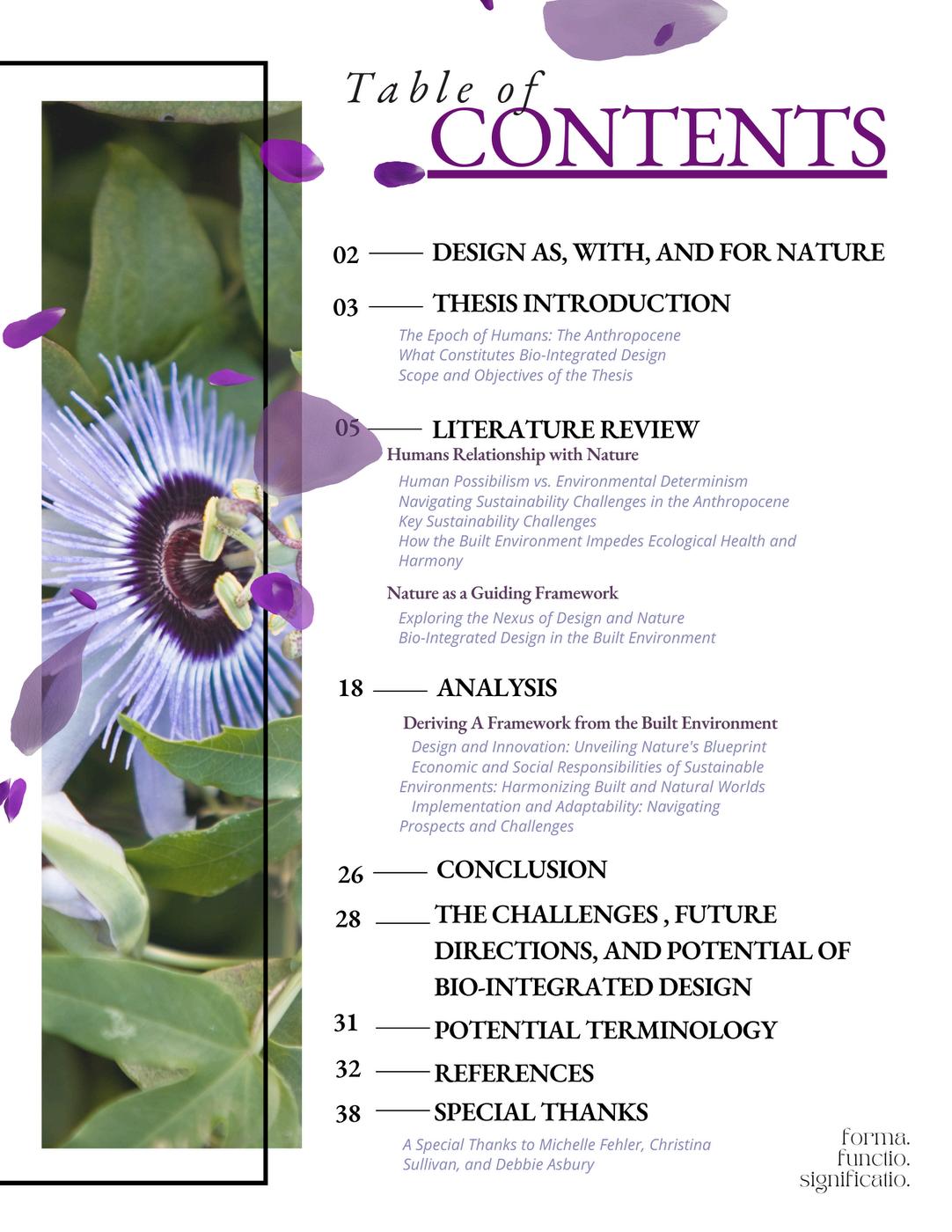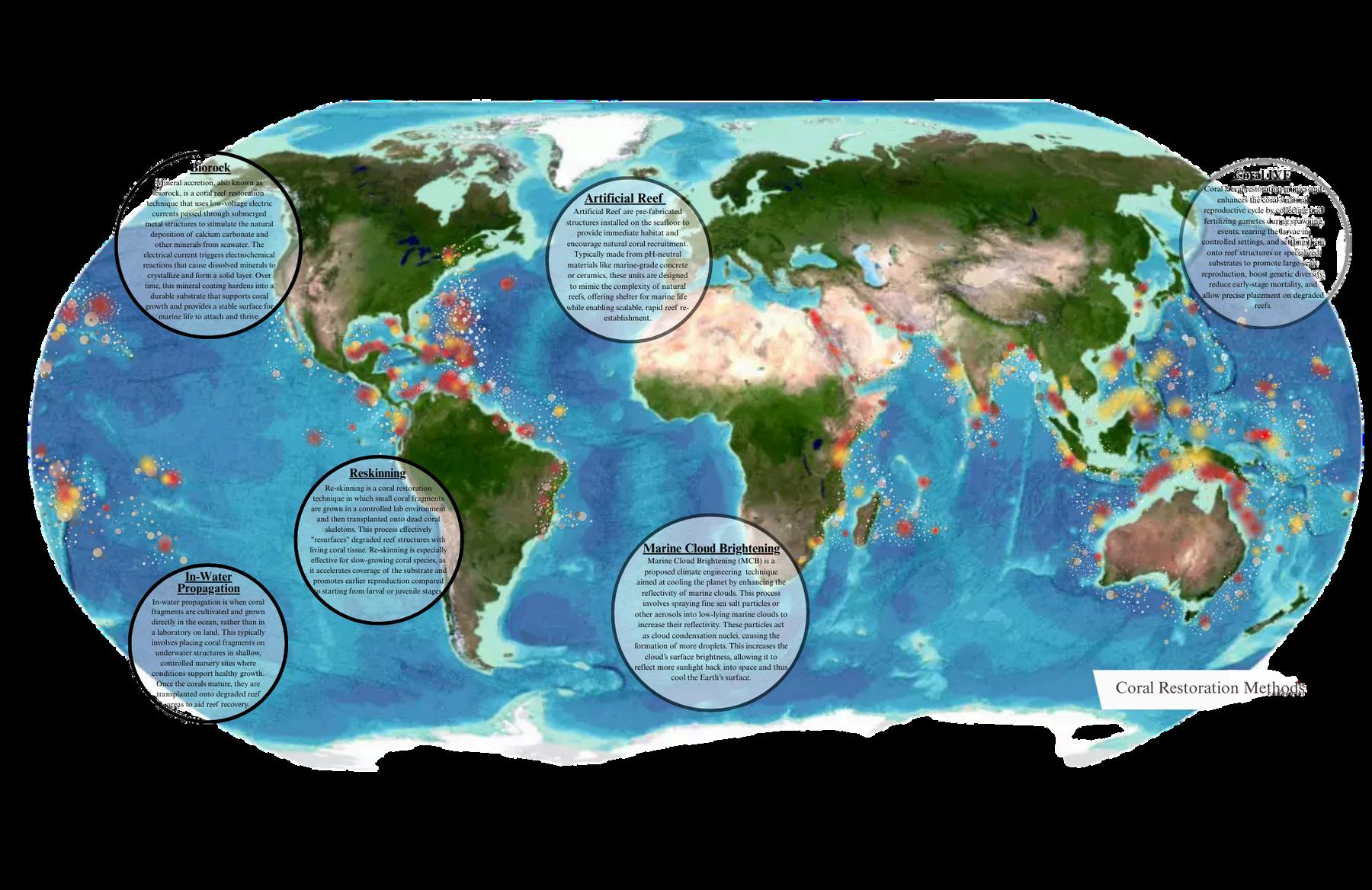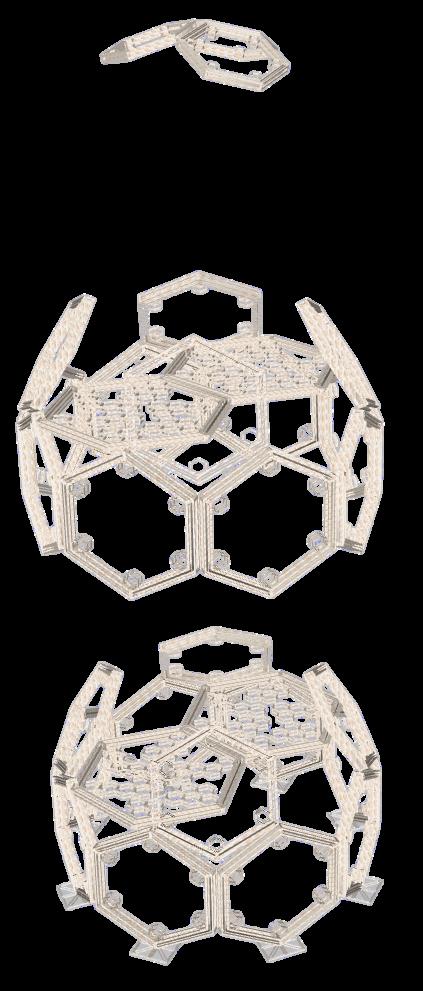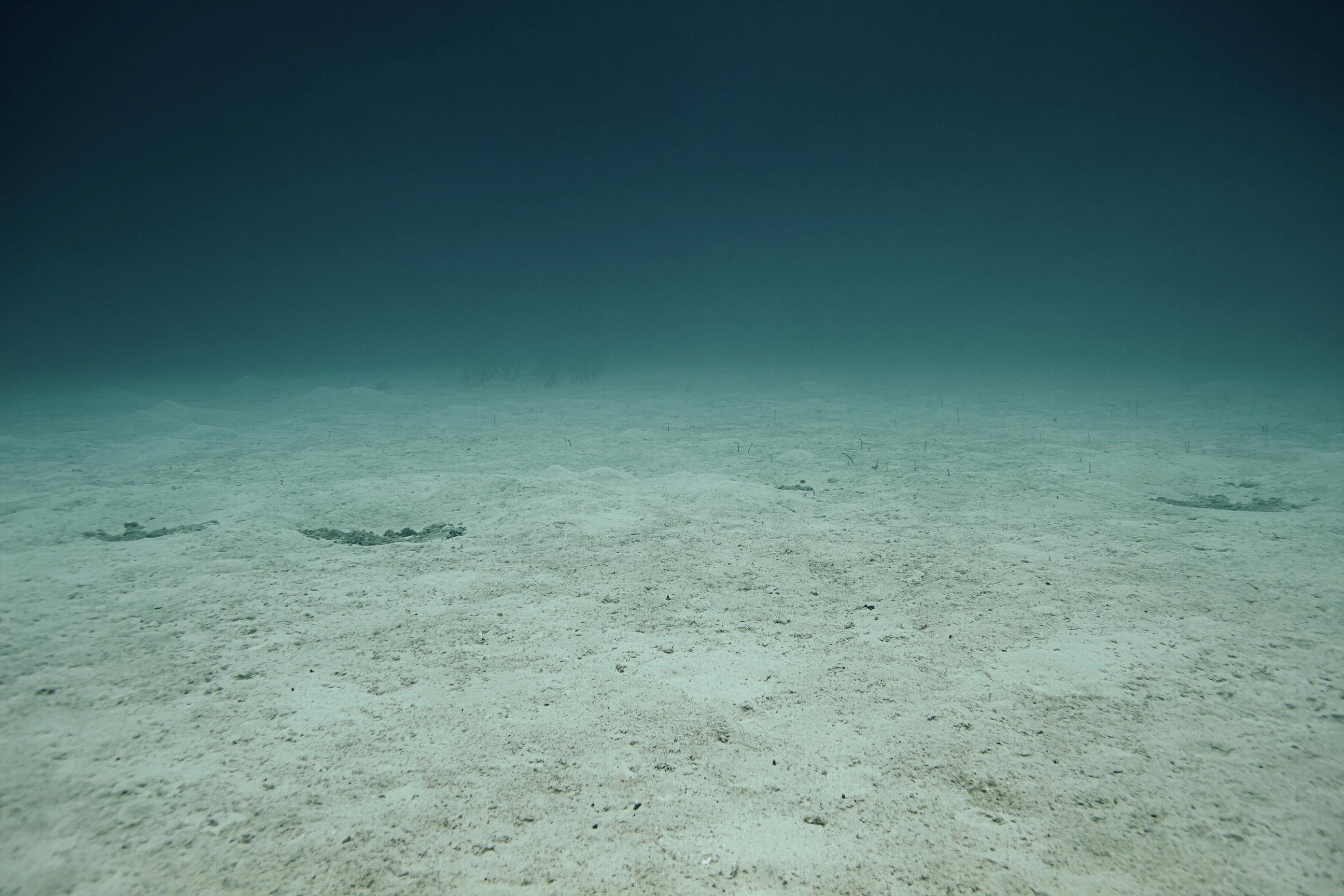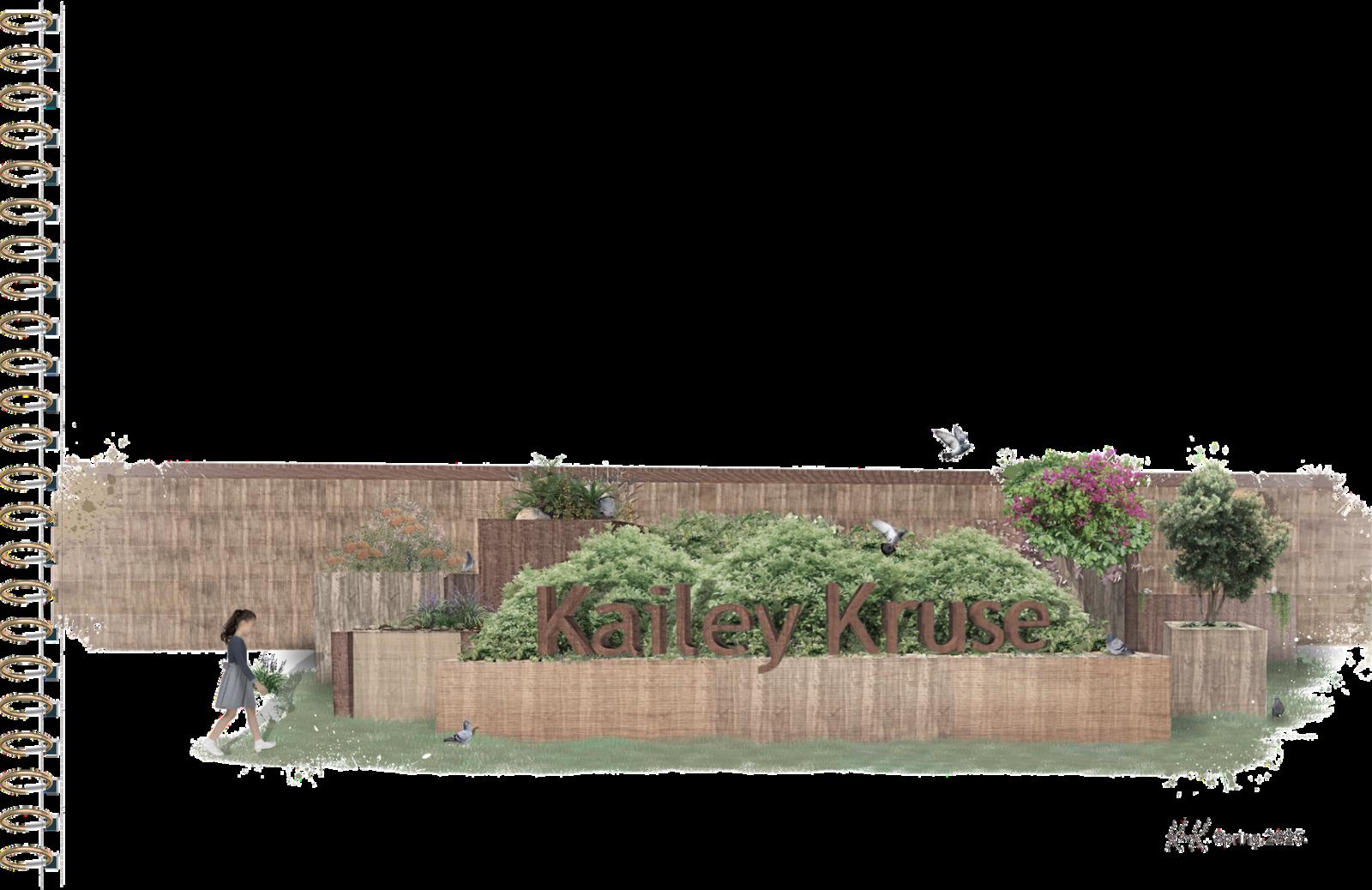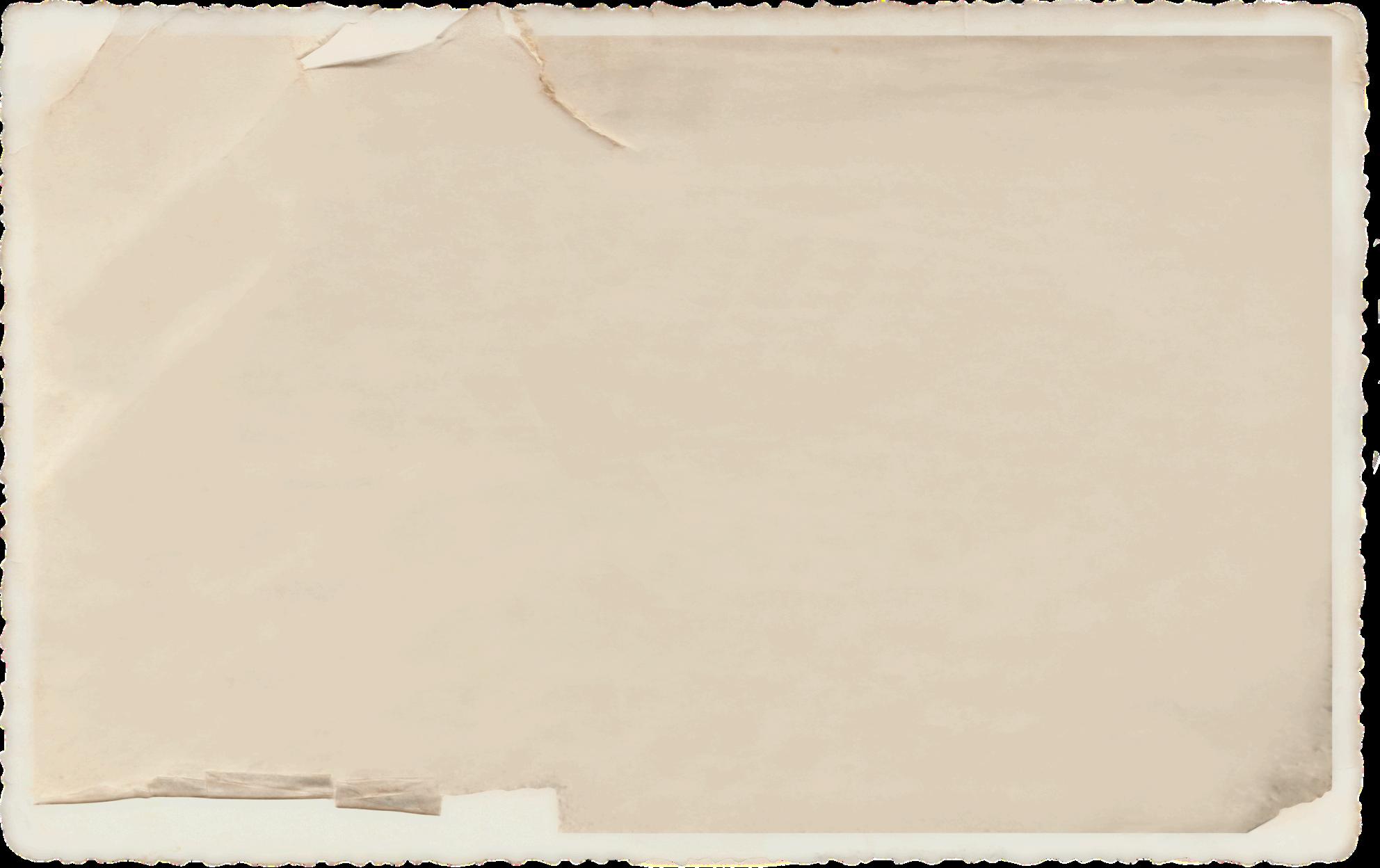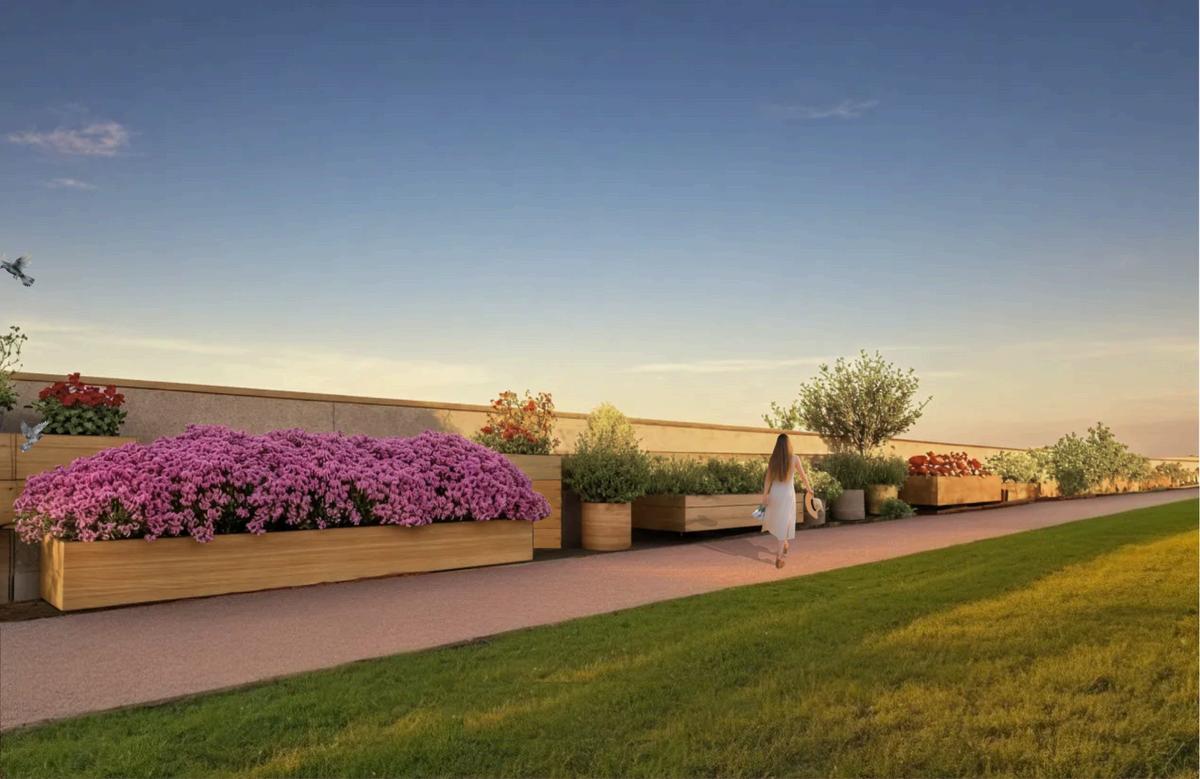ResearchPortfolio.
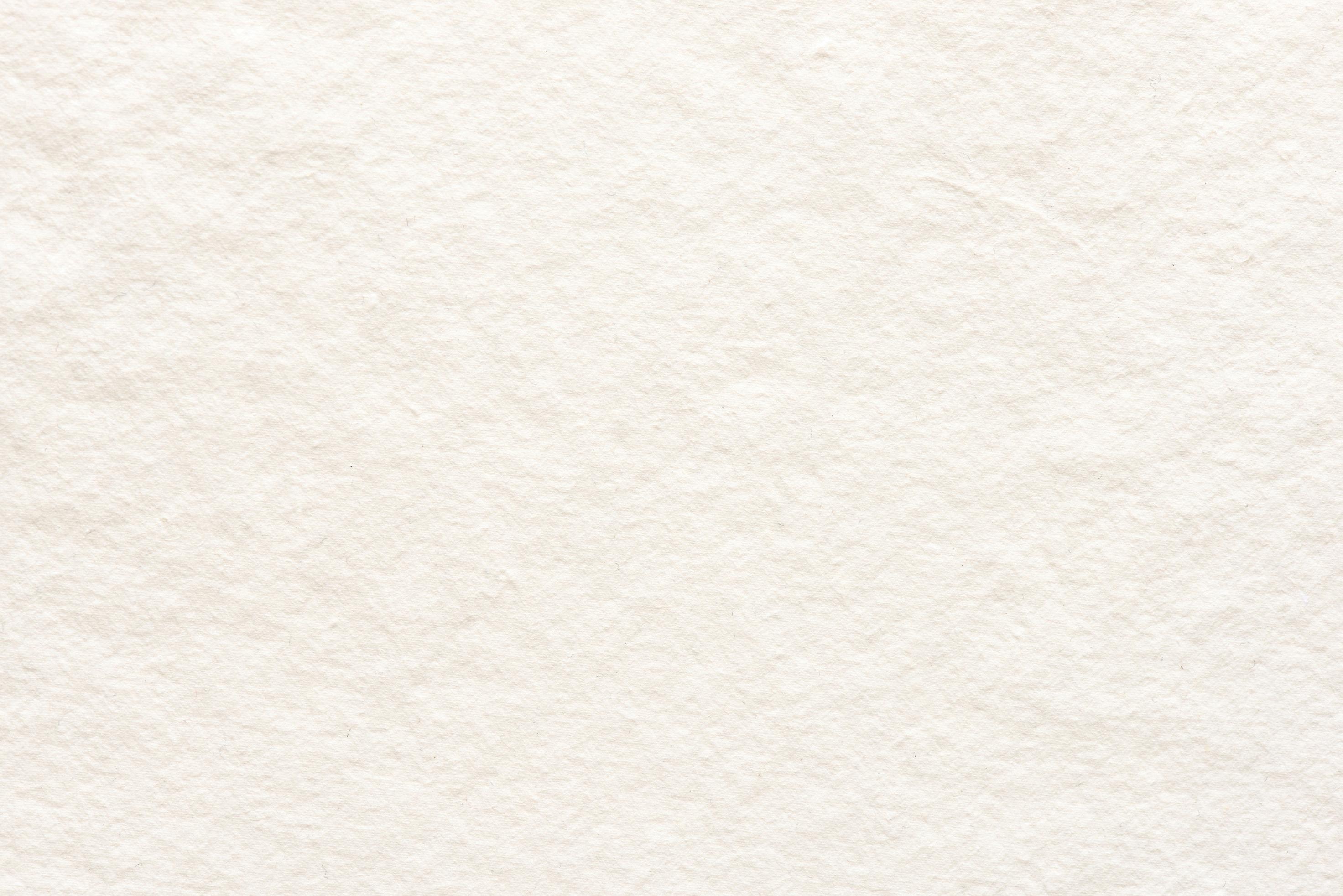
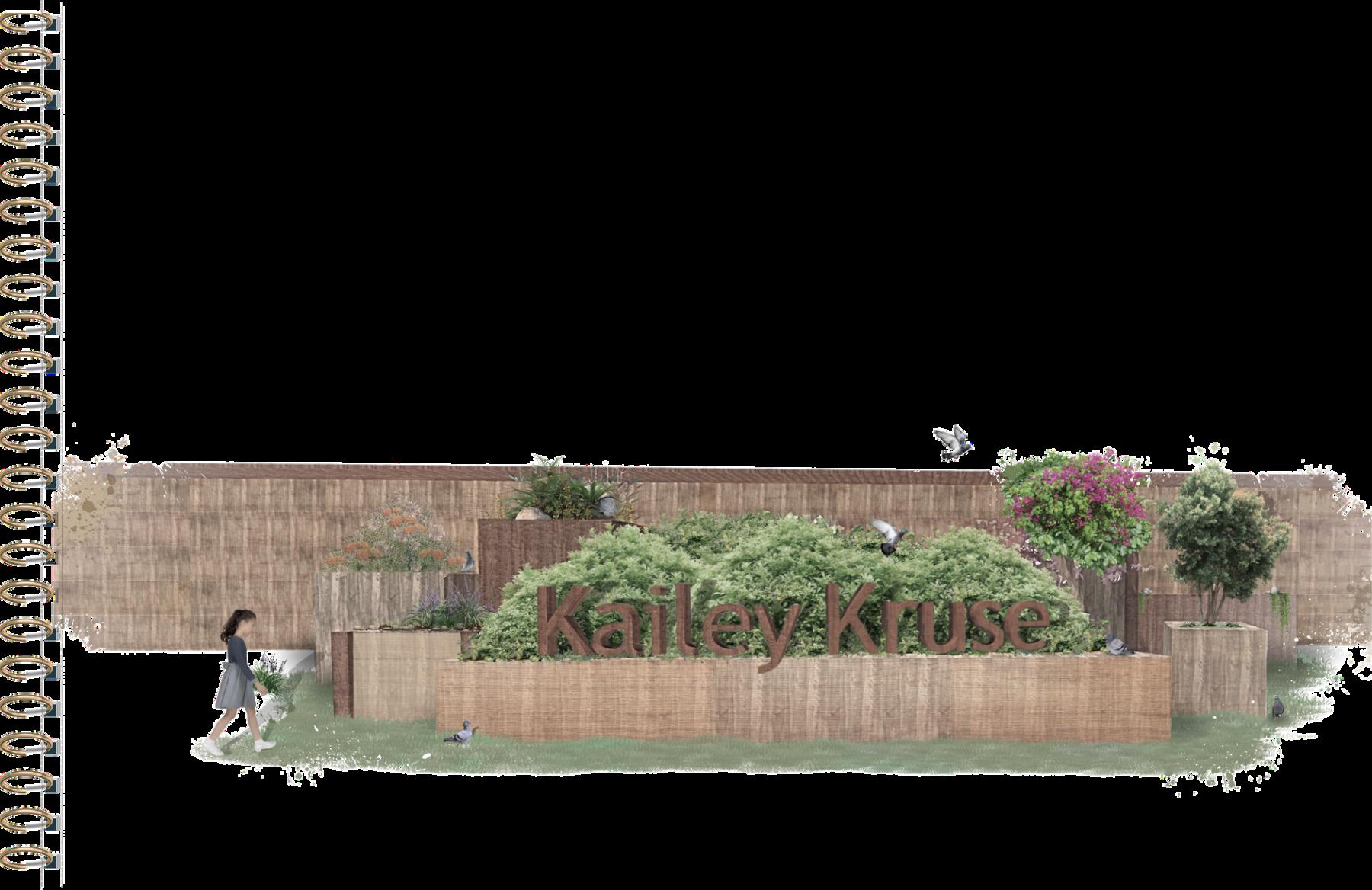
As an environmental designer, my design literacy is rooted in shaping environments that define the quality of people, place, and time. My work is guided by a purpose to transform both the physical and psychological landscapes we move through, fostering ecosystems that are more sustainable and more humane. I pursue this by framing systems, infrastructure, and art not as separate domains, but as intersecting tools of research and design. In that overlap, I look for ways to cultivate environments that are healthier, happier,andbetterpreparedfortomorrow.

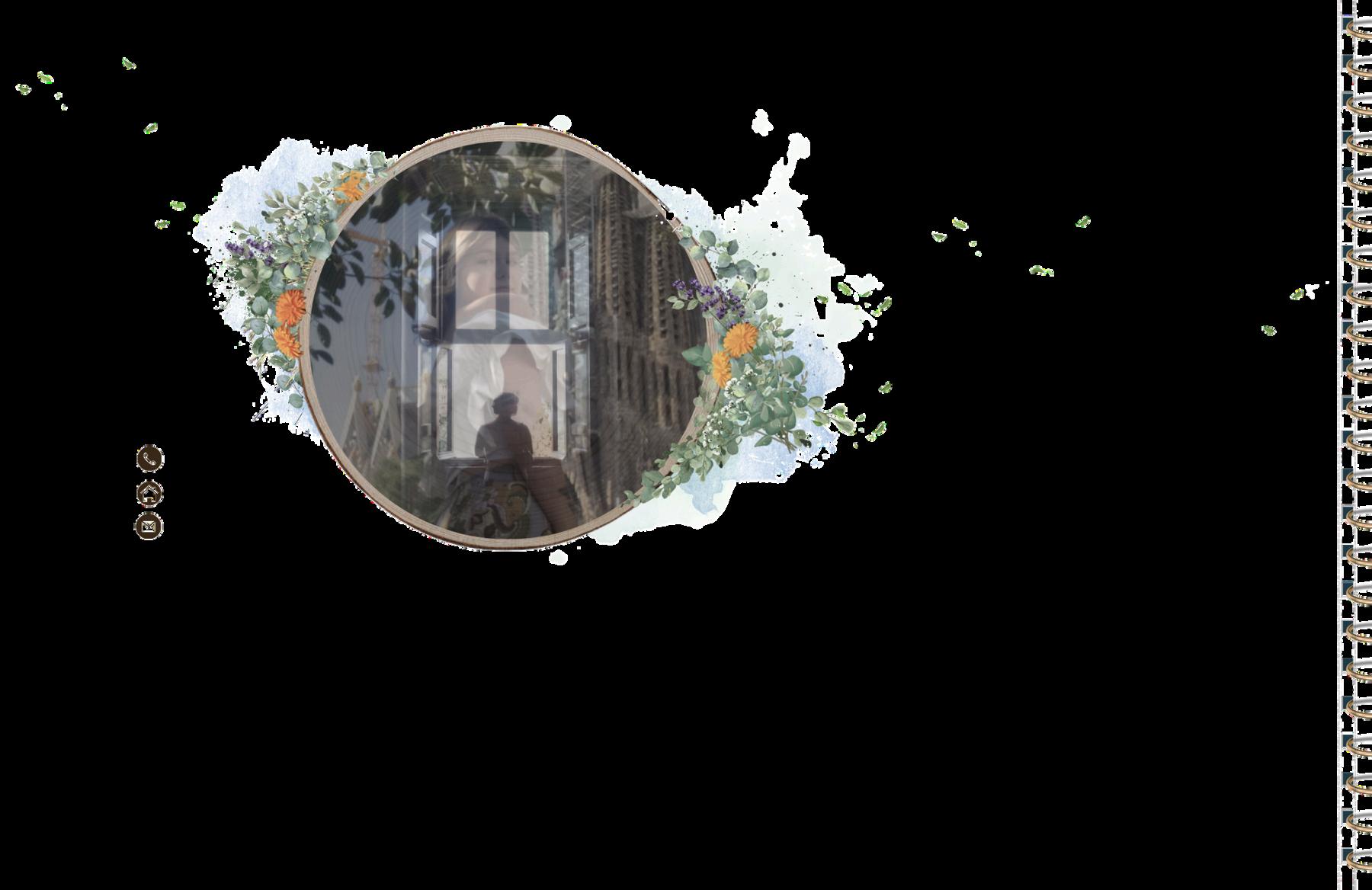
This portfolio introduces my interdisciplinary approach as an environmental designer, where research, design, and sustainable application intersect.
From exploring narratives of displacement along the Rio Salado, to investigating urban park equity in Phoenix, to advancing bio-integrated design frameworks and coral reef restoration systems in the Mediterranean, my work demonstrates how design can foster resilience, inclusivity, and ecological health. Together, these projects reflect my commitment to using art and research as tools for placemaking and sustainable futures.
LifeUntold:MemoriesoftheRio Salado
Communitystorytellingandinstallation addressinghomelessnessanddisplacement alongtheRioSalado.
LandscapeSustainabilityResearch
Quantitativeandqualitativestudyon parkquality,access,andequityacross Phoenixneighborhoods.
DesignAs,With,andForNature (UndergraduateThesis)
Frameworkforbio-integrateddesignin thebuiltenvironment,uniting biomimicry,biophilia,andbio-utilization.
EPICSCoralRestorationProject
Collaborativedesignofmodularcoral nurseriesfortheBalearicIslands, integratingecologicalengineeringand adaptivemonitoring.
This portfolio illustrates how I bring together research, design, and fabrication to address challenges at the intersection of community and environment. The Chandler Creative Arts Fellowship offers an opportunity to extend this work into a civic and cultural context, connecting public art and design research to community needs. I am excited by the chance to collaborate with Chandler’s leaders and residents, and to explore how creative placemaking can both reflect and strengthen the resilience of the community.

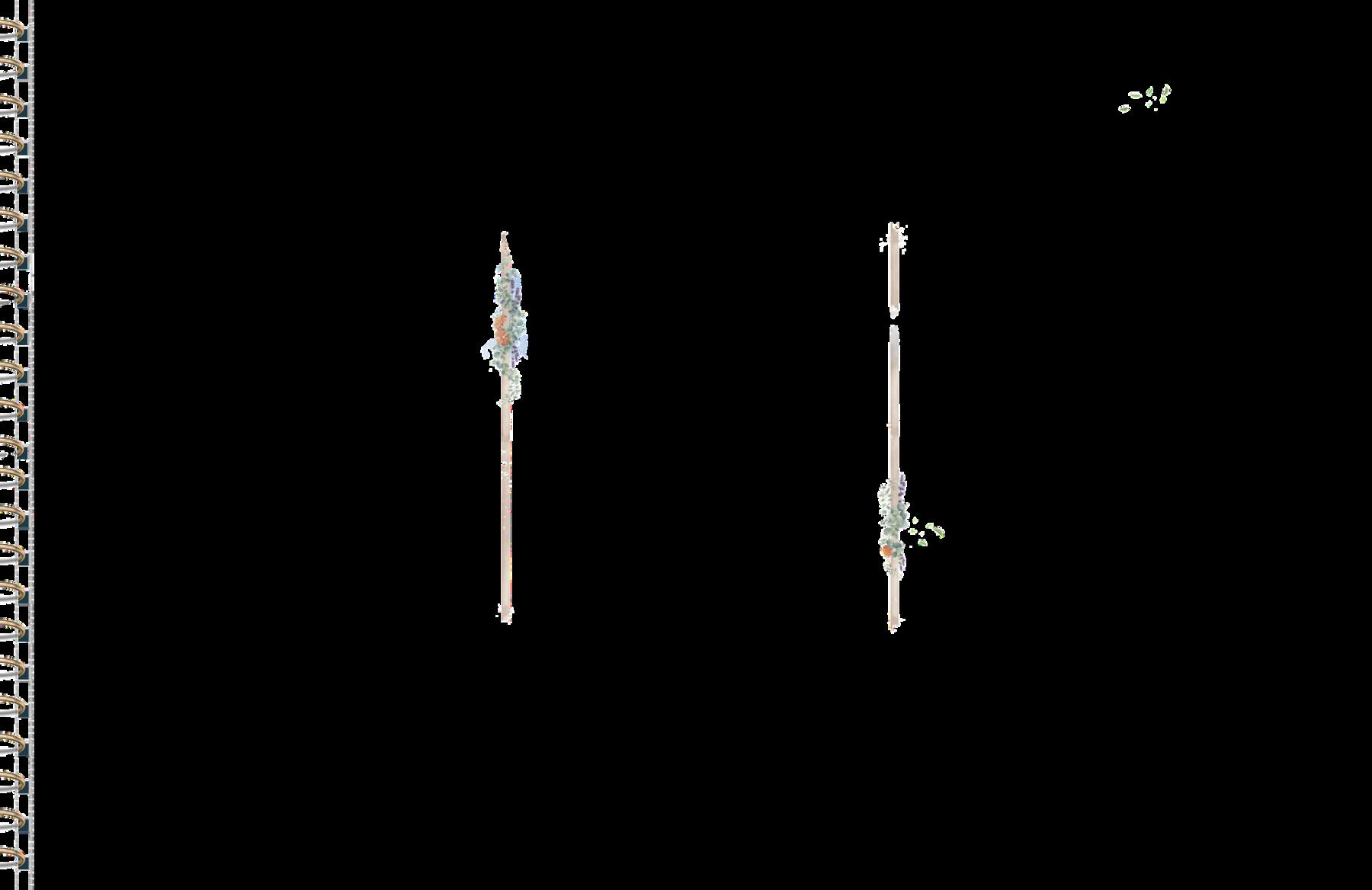
As the sun set across the Rio Salado, its light caught the reflections of broken glass scattered along the water’s edge, each fragment mirroring the untold lives that have long existed within the river’s evolving landscape. Life Untold: Memories of the Rio Salado was created as a response to the Rio Salado Master Plan, seeking to honor and amplify the voices of those who have called the river’s edge home, even as they remain unseen in the city’s vision of revitalization.
Like the scattered reflections of shattered glass, those experiencing homelessness are often disregarded, reduced to statistics, displaced by policy, and left out of conversations that determine the future of the spaces they inhabit. Through artistic installation and firsthand narratives, this project sought to challenge these perceptions, reframing the Rio Salado not just as a site of urban redevelopment but as a space interwoven with human histories, struggles, and resilience.


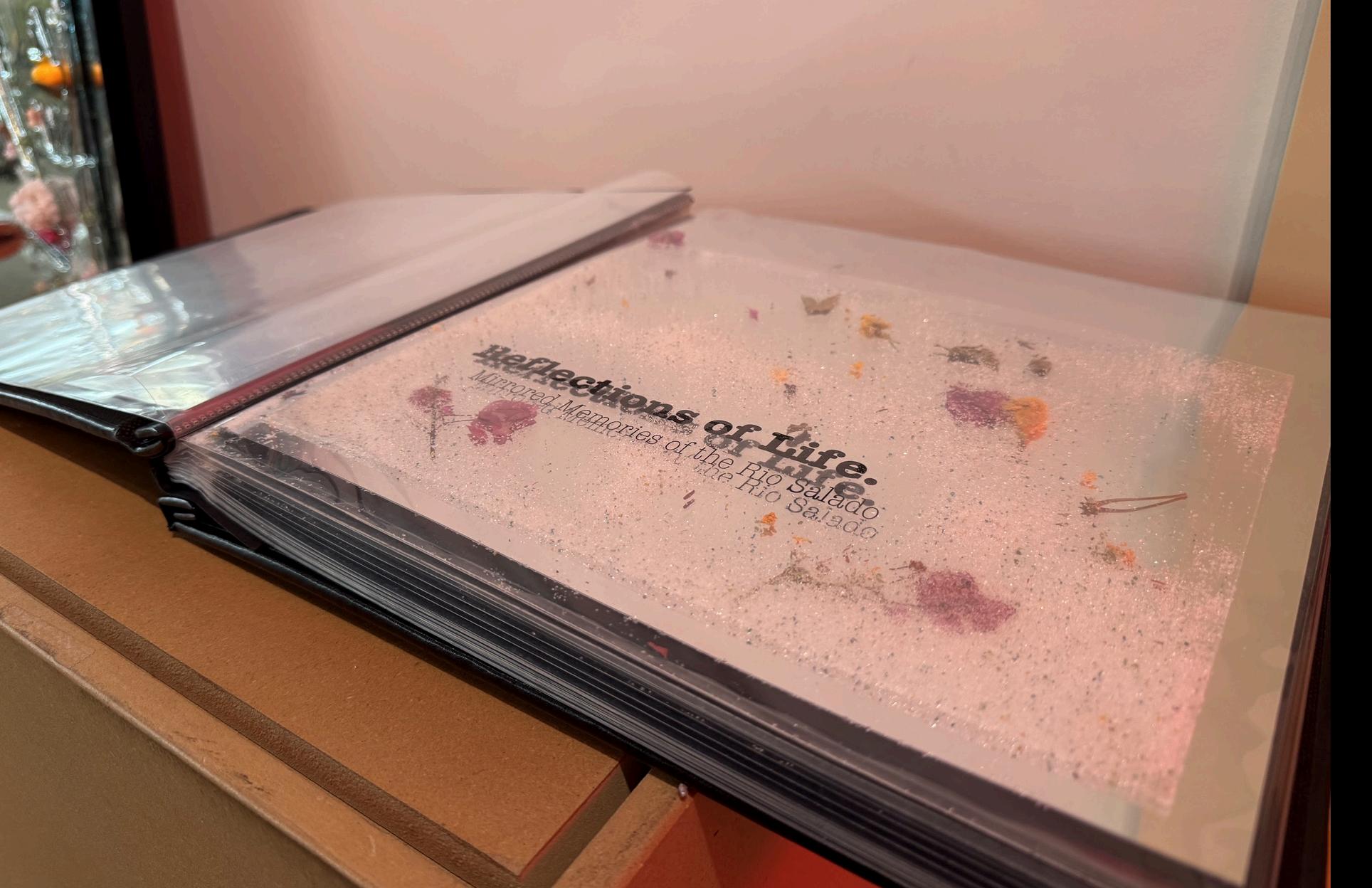





TheReflectionsofShatteredGlass
The Reflections of Life installation transformed broken mirror shards into a visual metaphor: each fragment representing a life, a memory, and a voice that might otherwise be overlooked These reflections were paired with interviews conducted along the Rio Salado, capturing the lived experiences of individuals like Sterling, Kevin Scott, Jermaine, MJ, and Shaggy Their stories revealed not only the systemic barriers that perpetuatehomelessnessbutalsotheenduringstrength,intellect,andaspirationsofthosenavigatinglifewithoutstableshelter
Sterling, a self-described intellectual, envisioned a future where people in his situation had access to education and resources rather than being dismissed by society. Kevin Scott, a sober advocate for change, spoke of policies that criminalized homelessness rather than addressing its root causes Jermaine, a musician, reflected on the challenges of mental health, loss, and the long, near-impossible path to stability Their words, alongsideothers,formedacollectivenarrative onethatinvitedthepublictolisten,toreflect,andtoseethehumanfaceswithinthebrokenglass.
BeyondFourWalls:UnderstandingtheRioSalado’sUnseenCommunities
The Rio Salado has long been a site of transformation, from its early days as a natural watershed to its role in Phoenix’s urban expansion Today, while celebrated for its revitalization efforts, it is also home to an often-overlooked community, those who seek refuge along its banks The Life Untold project aimed to reveal the intersection of place, policy, and personal experience, illustrating how homelessness is not just the absenceofahomebuttheabsenceofbelonginginarapidlychangingcity.
Homelessness is frequently misrepresented as an individual failure rather than a systemic issue shaped by economic instability, mental health care gaps, and shifting urban policies. Life Untold challenged these misconceptionsbysituatingpersonalnarrativeswithinthebroadercontextoftheRioSalado’sdevelopment,urgingplanners,policymakers,andthepublictoacknowledgethehumancostofrevitalizationefforts.
FindingPurposeintheBeautyofImperfections
Through fractured reflections and untold memories, Life Untold asked the community to look beyond the surface to recognize the individuals whose presence has shaped the Rio Salado just as much as its developmentprojects.Eachvoicecapturedinthisprojectwasareminderthatrevitalizationshouldnotcomeatthecostofdisplacement,andthattrueprogressmustincludeallwhocallthislandscapehome Thisprojectwasnotjustanartisticreflection,butacalltoactiontolisten,tolearn,andtostandinsolidaritywiththosewhosestorieshavelongbeenleftwithoutaplaceatthedesigntable
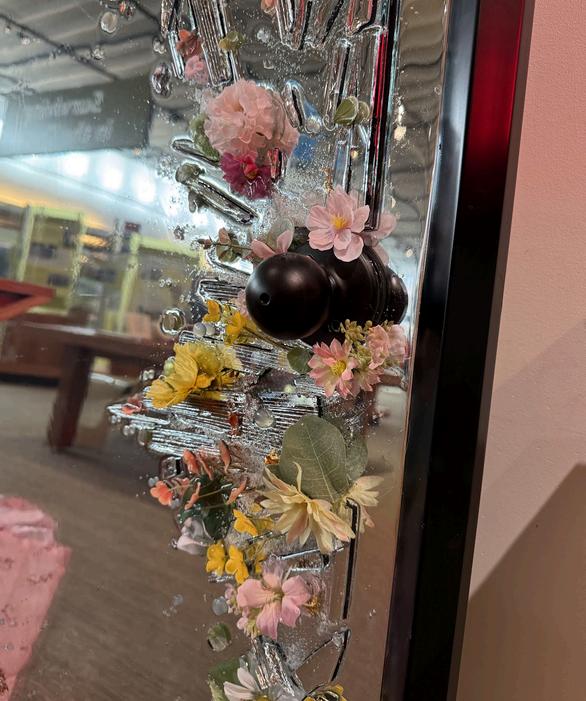







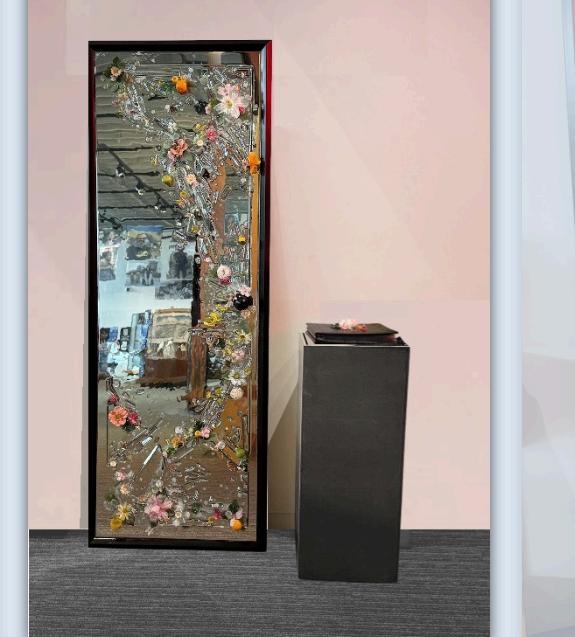


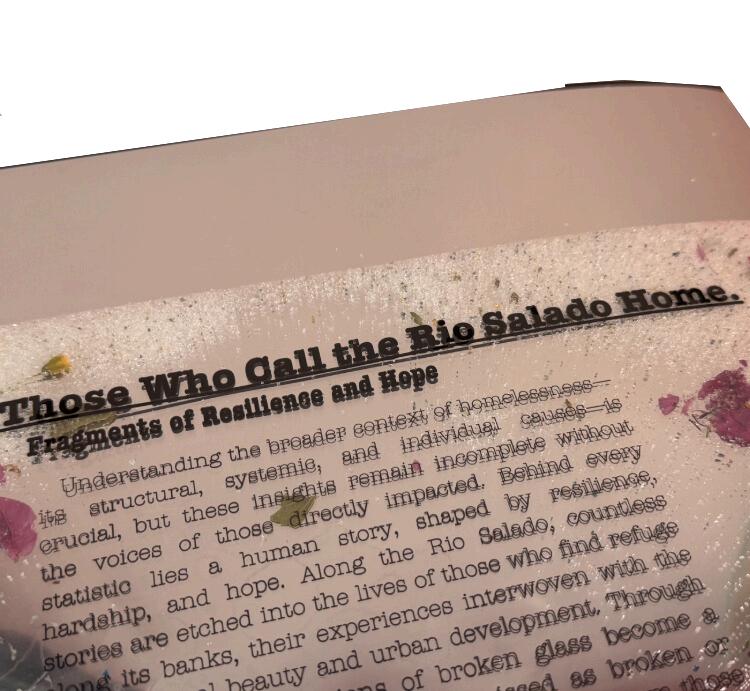


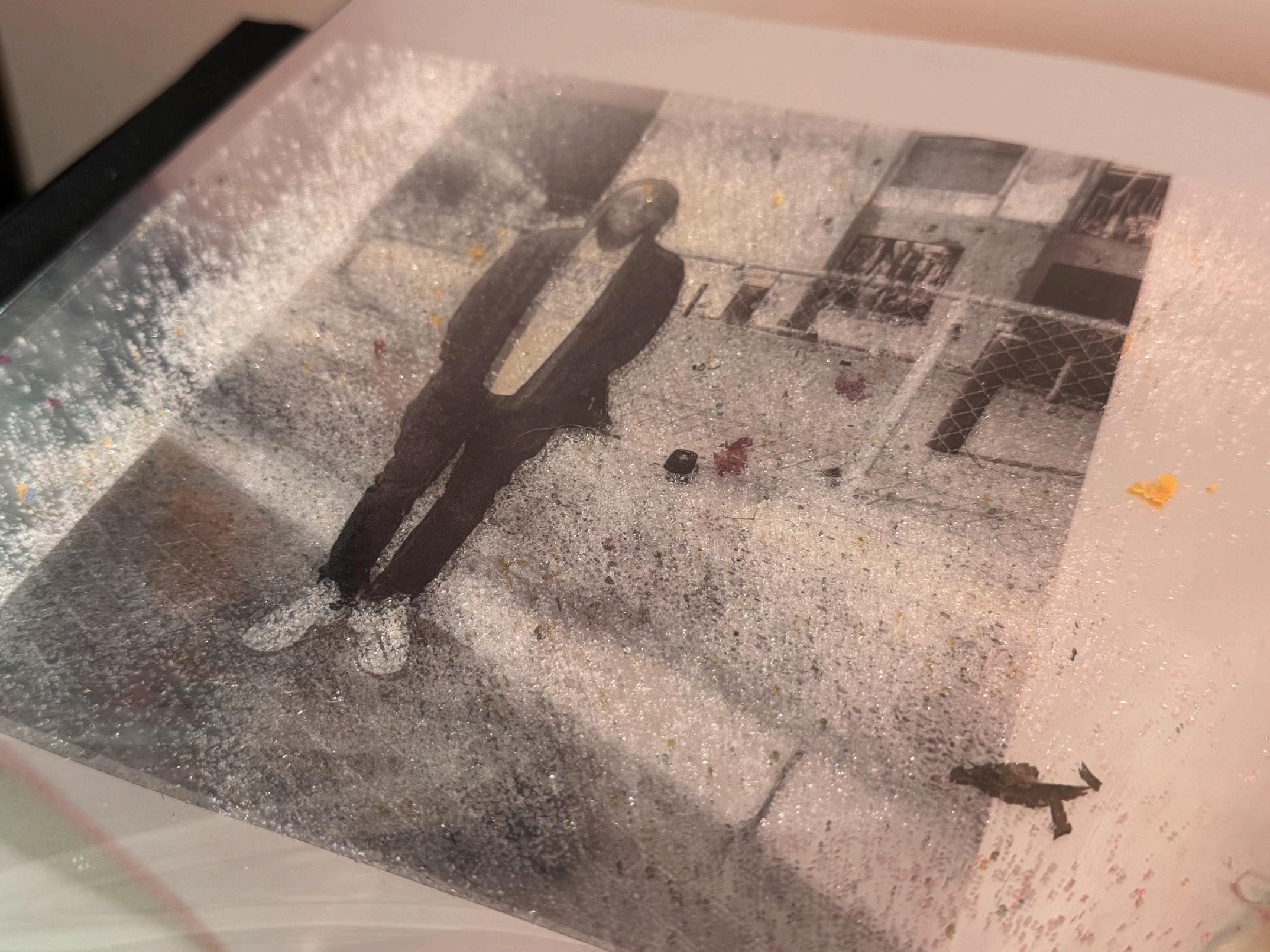
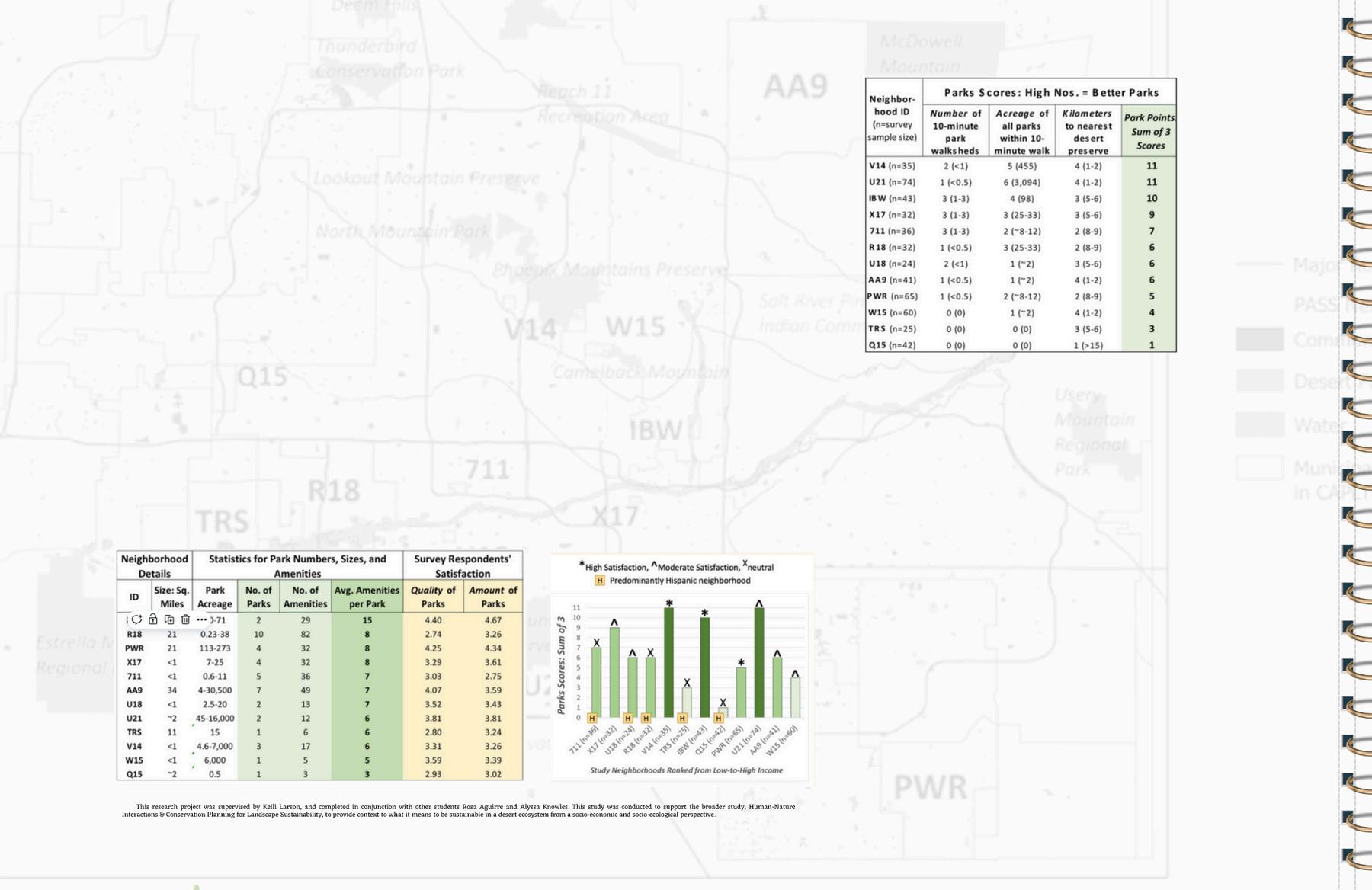






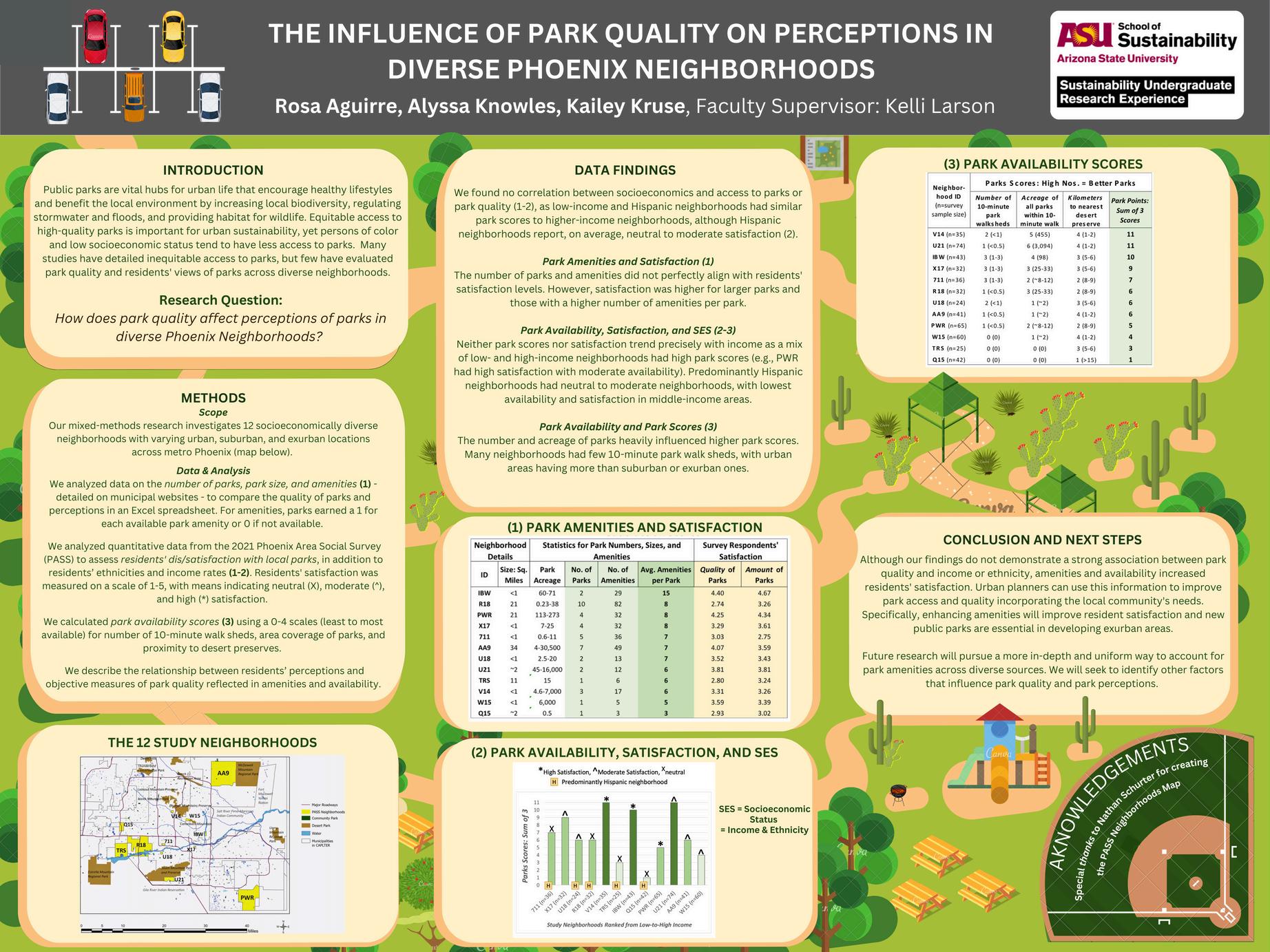

Abstract
This thesis, "Design As, With, and For Nature: A Comprehensive Study on The Potential of Bio-Integrated Design within the Built Environment," investigates the transformative potential of bio-integrated design. By redefining the relationship between human-made structures and natural systems, this research emphasizes innovative approaches that harmonize architectural practices with ecological principles. Bio-integrated design, encompassing biomimicry, biophilia, and bioutilization, presents a compelling strategy to address the pressing environmental challenges of the Anthropocene. Through a detailed analysis of case studies, including living walls, kinetic facades, and algae-based systems, this study reveals the multifaceted benefits of bio-integrated design, highlighting its ecological, economic, social, and cultural dimensions. The study finds that the importance of adaptive regulatory frameworks, interdisciplinary collaboration, and educational outreach in advancing sustainable urban development is crucial. This thesis aims to contribute to the growing discourse on sustainable architecture, proposing a holistic framework and terminology that advocates for designing as, with, and for nature to foster resilientandregenerativebuiltenvironments.
